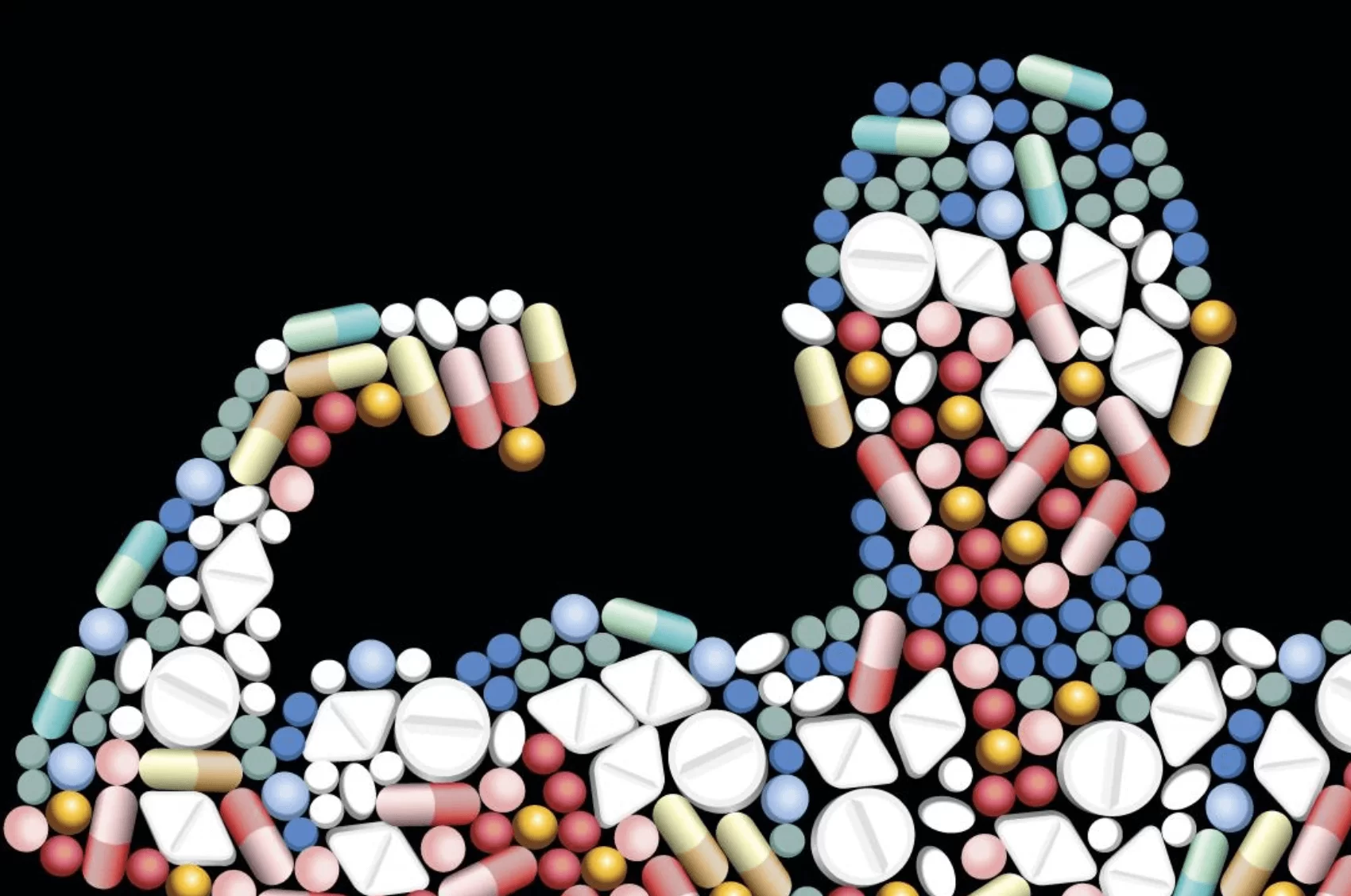
DMSO Myths vs Facts
Few substances attract as much myth and controversy as DMSO. Some see it as a miracle cure; others dismiss it as snake oil. The truth, as always, lies somewhere in between. Let’s separate fact from fiction.
Myth 1: DMSO is Banned Everywhere
Fact: DMSO is not banned outright. In the United States, the FDA has approved it for one medical use — treating interstitial cystitis (a painful bladder condition). Outside of that, it remains unapproved for most conditions, which is different from being banned. In veterinary medicine, especially for horses, it is widely used under supervision.
Myth 2: DMSO is Only for Horses
Fact: While DMSO is indeed common in equine medicine, research into its human applications has been ongoing for decades. It has been studied for arthritis, inflammation, wound healing, and even as a drug carrier. Saying it’s “just for horses” overlooks its wider scientific exploration.
Myth 3: DMSO Has No Scientific Support
Fact: Thousands of studies on DMSO exist, spanning topics from inflammation to cancer research. The challenge is that many are small-scale or preliminary. So, while the evidence isn’t conclusive, it is far from “nonexistent.”
Myth 4: DMSO is a Miracle Cure
Fact: This is the other extreme. DMSO has potential, but it is not a cure-all. The science shows promise in areas like inflammation and pain relief, but it also comes with risks and unanswered questions. Overselling its benefits does more harm than good.
Myth 5: DMSO is Dangerous Poison
Fact: In the right context and purity, DMSO is relatively safe and has been used clinically. The risks come from misuse — especially using industrial-grade DMSO or mixing it with unsafe substances. Like many powerful tools, safety depends on how it’s used.
👉 Want more detail? Read our dedicated blog: DMSO Myths vs. Facts.




 DMSO Overview: History, Science, and Modern Use
DMSO Overview: History, Science, and Modern Use













